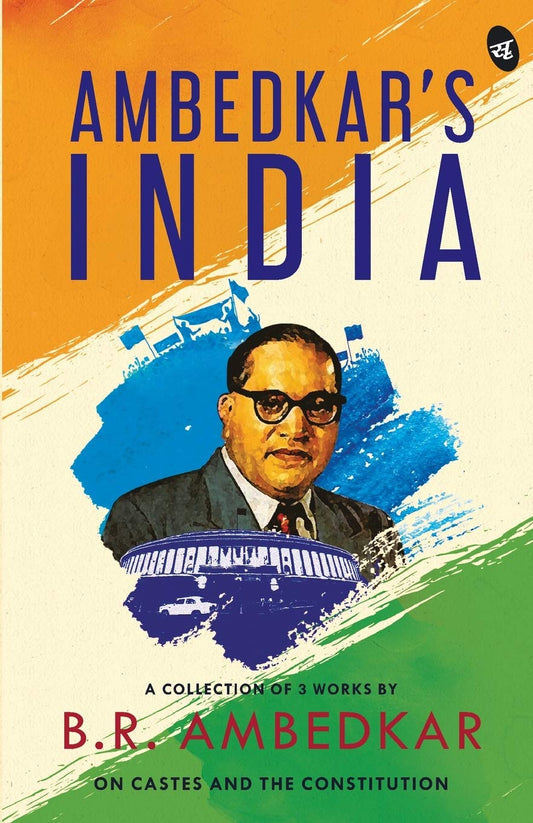A bookshelf isn’t just a storage solution for your books—it can be a focal point of your room, adding character, style, and functionality to your living space. But keeping your bookshelf neat, organized, and visually appealing can sometimes be a challenge, especially if you have an ever-growing collection of books.
If you’re wondering how to organize your bookshelf in a way that balances both form and function, look no further. In this post, we’ll share practical tips and creative ideas to help you design a bookshelf that is both easy to navigate and beautiful to look at.
1. Decide on a Categorization System
Before you even begin arranging your books, you’ll want to decide how you want to categorize them. There are several ways to approach this, and it depends on your reading habits, preferences, and how you want to interact with your collection.
Popular categorization methods include:
- By Genre: Organizing books by genre (fiction, non-fiction, mystery, fantasy, etc.) allows you to quickly find what you’re in the mood for. This method is great for readers who prefer specific types of books.
- By Author: If you’re a fan of specific authors or have multiple works by the same person, grouping them makes sense. This system is also ideal for readers who tend to follow certain writers.
- By Color (Rainbow Organizing): If you love aesthetics and want to make your bookshelf visually striking, organizing books by color is a trendy option. It turns your books into a stunning rainbow of spines, adding instant appeal.
- Alphabetically: If you’re a stickler for order, alphabetical organization may be the way to go. It’s easy to find books quickly when everything is in ABC order.
- By Size: Arranging books by size or format—large hardcover books next to smaller paperbacks—can create a visually harmonious look and give your bookshelf a more polished appearance.
The key here is consistency. Pick one system and stick to it so your bookshelf remains organized.
2. Make the Most of Vertical and Horizontal Space
Bookshelves aren’t just for stacking books one after another. With a little creativity, you can use both vertical and horizontal space to make your bookshelf look more organized and less cluttered.
- Stack Books Horizontally: Stacking a few books horizontally breaks up the monotony of rows of books. It can also serve as a practical solution for holding other items like decorative objects, framed photos, or even plants. This technique is a great way to add variety to your bookshelf's layout.
- Use Vertical Space Wisely: Don’t just focus on the horizontal rows—think vertically too. Use the height of the bookshelf to display your collection, and make sure to leave some breathing room between books to avoid a cramped look. If you have multiple shelves, stagger the sizes and heights to create visual interest.
- Incorporate Decorative Items: If you have any non-book items that add character (e.g., small sculptures, candles, or vintage trinkets), strategically place them between books to keep your bookshelf from looking too rigid. Just be mindful not to overcrowd the space, as it may take away from the overall appearance of your collection.
3. Keep Your Books in Reach
One of the most important functions of a bookshelf is to allow you to access your books with ease. You’ll want to make sure that the books you read most often are placed at eye level or in easily accessible spots. Here’s how:
- Place Favorites at the Center: If you have go-to books or recent favorites, place them at the center or on the most accessible shelves. This minimizes the need to dig through the bookshelf each time you’re looking for them.
- Group Similar Books Together: If you have multiple books in a series or by the same author, keep them together in one section. It’s not only practical but visually appealing when a series is neatly organized.
- Avoid Overcrowding: It’s tempting to squeeze as many books as possible onto each shelf, but this can make your bookshelf look cluttered and disorganized. Leave a little space between books so you can easily grab and return them.
4. Use Baskets and Containers for Non-Book Items
Not all items on your bookshelf have to be books. To keep the space looking neat and functional, consider using baskets or containers to store other items such as bookmarks, notebooks, or office supplies. This will help keep your bookshelf tidy and organized, while also adding a layer of texture or color.
- Baskets for Storage: Choose baskets that complement your bookshelf’s style—woven baskets for a rustic look or metal baskets for a more industrial feel. They can help corral smaller items and give your bookshelf a more intentional, organized appearance.
- Boxes and Trays: Decorative boxes or trays can be used to hold things like stationery, journals, or small keepsakes. These pieces can add to the aesthetic appeal of your shelf while keeping clutter hidden.
5. Make Your Bookshelf Reflect Your Style
Your bookshelf is a reflection of your personality, interests, and reading habits. As such, it’s important to make it feel personal and cohesive with your overall home decor. Here are some ways to incorporate your unique style into the bookshelf design:
- Add Plants: Greenery can bring life to your bookshelf and soften the edges of rows of books. Consider placing a few small plants on top of the bookshelf or within the shelves themselves for a natural touch.
- Choose the Right Shelf Design: Shelves come in all shapes, sizes, and materials. If you want a more industrial look, go for metal shelves with a raw, unfinished design. For a more traditional vibe, wooden bookshelves can create a warm, inviting feel. Consider the rest of your home’s decor when selecting the right bookshelf for your space.
- Incorporate Art or Photos: Adding framed artwork, photographs, or prints can make your bookshelf more personalized. It breaks up the rows of books and adds a creative, dynamic element to the space.
6. Consider Lighting for Added Ambiance
To truly highlight your bookshelf, consider incorporating lighting. Lighting can not only make it easier to find the book you're looking for but can also create a cozy, inviting atmosphere.
- LED Strip Lights: You can add some under-shelf lighting with LED strips that will illuminate your books at night, making your collection feel even more dramatic and stylish.
- Spotlights or Lamps: A small desk lamp or spotlights placed strategically on top or inside your bookshelf can add a lovely ambiance, especially in darker corners of your room.
Final Thoughts
Organizing your bookshelf is not only about creating a functional space—it’s about reflecting your personal style and making the most of your book collection. With a little thought and creativity, you can transform your bookshelf into both a functional and stylish part of your home.
By categorizing your books, maximizing space, adding decorative touches, and keeping your most-read titles easily accessible, you’ll have a bookshelf that is as aesthetically pleasing as it is practical. So, go ahead—organize, arrange, and enjoy your new bookshelf design!
How to Organize Your Bookshelf FAQs
What are some popular methods for organizing a bookshelf?
You can organize by genre, author, color, size, or even in alphabetical order. Choosing the method depends on your personal style and functionality needs.
How can I make my bookshelf more visually appealing?
Incorporate decorative elements like plants, artwork, or collectibles. Balance books and decor for a stylish yet practical display.
What is the best way to categorize books for easy access?
Sorting by genre or topic works well for accessibility. If you have a large collection, consider creating subcategories for quick retrieval.
How can I maximize space on my bookshelf?
Utilize adjustable shelving, stack books horizontally, or add baskets for smaller items. Opt for compact storage solutions without overcrowding.
Should I declutter my bookshelf before organizing?
Absolutely! Decluttering helps you identify books you no longer need, making it easier to arrange your shelf and maintain a tidy display.
Are there tips for organizing bookshelves in small spaces?
Use vertical shelves, corner units, or wall-mounted racks to optimize space. Additionally, mix books with decorative accents to save room.









